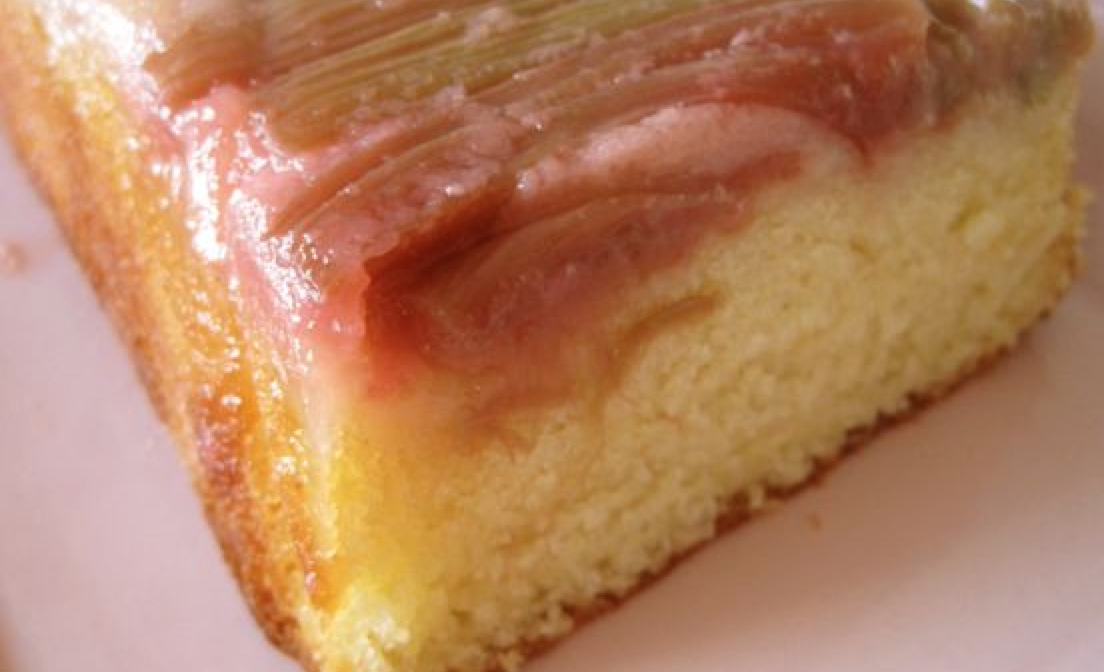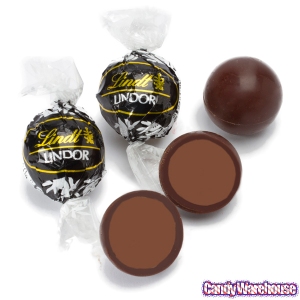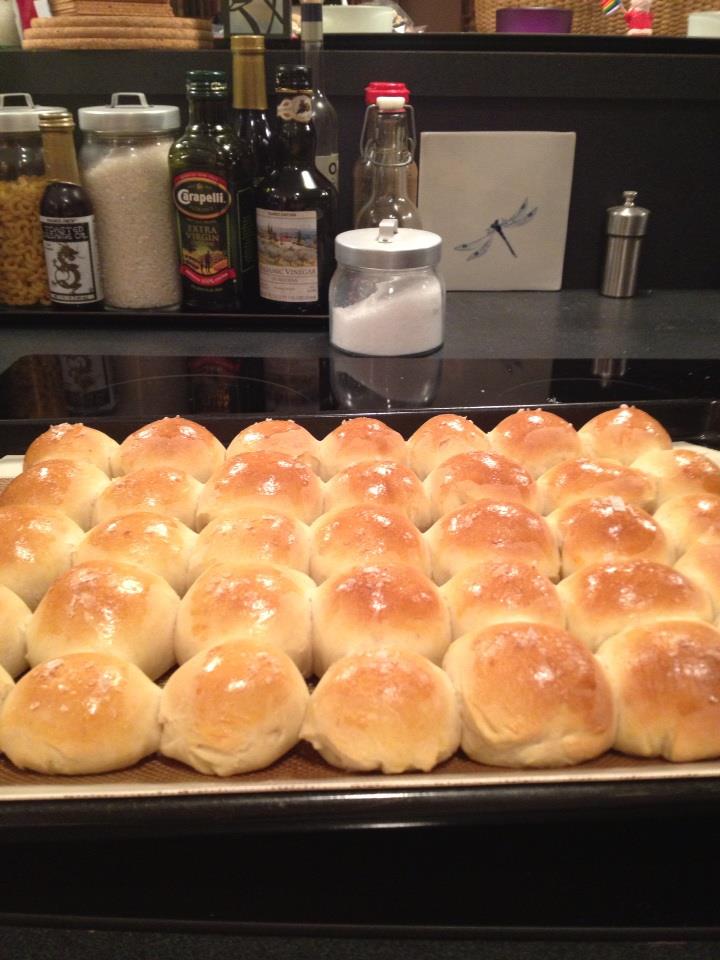I’m not a big fan of holiday desserts. Apple pie? Fine; I can take it or leave it, but pumpkin, mince, pecan? Meh. I don’t love any of them. I think it echoes back to my ambivalence to spice cake; desserts that rely on things like cinnamon and mace and clove for the bulk of their flavor just don’t ring my bell.
Chocolate, though? Give it ALL to me.
Now, you all know by now that I am not a culinary snob. If something is easier – and, this is the standard, so pay attention – just as good out of a box as it is from scratch, then have at it. If, however, something is *just* as easy – or is in any way better – than what you can get out of a box, then it’s worth it to you to make that thing from scratch.
Chocolate pudding is one of those things.
I use this recipe for everything, whether my husband has a hankering for warm pudding for dessert on a cold night or I’m tasked with bringing some sort of dessert (that I’ll want to have) to a holiday meal. It’s just as quick as the cook and serve box pudding mix and, I think, several levels better (and there’s just no competition between this recipe and instant pudding; who even eats that stuff, anyway?).
Here’s how you do it:
In a medium saucepan, mix together 1/3 cup of unsweetened cocoa powder, 1/4 cup of cornstarch and 1 and 2/3 cups water. Don’t worry if it’s a little lumpy. Put that over medium-low heat while you open a 14-ounce can of sweetened condensed milk and separate the yolks from 3 eggs.
Whisk the egg yolks and the sweetened milk into the cocoa/cornstarch mixture and bump the heat up to medium (be patient here; trust me). Cook that, stirring pretty much constantly, until it starts to thicken. Whisk briskly for about another minute, then take it off the heat and stir in 2 tablespoons of softened butter, 1 teaspoon of vanilla (but you know how I feel about measuring vanilla) and 1/2 teaspoon of espresso powder, but I never have that so, instead, I stir in a handful of dark chocolate chips (or chunks, depending on what I’ve got).
From here, you’re free to do with this whatever you want. I run it through a strainer and then pour it into bowls and serve warm with a splash of heavy cream for dessert or settle it gently into a vanilla cookie crumb and butter crust and chill in the fridge (or the garage; I usually make this as pie during the winter months, anyway) for pie.
You’re welcome.





